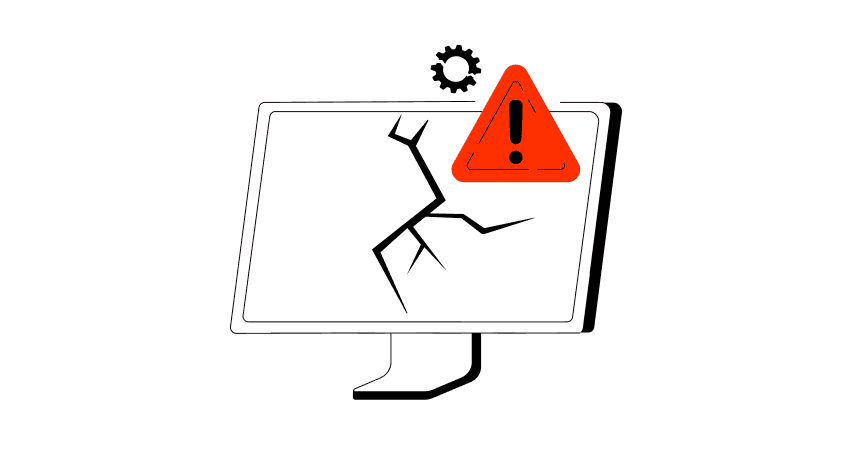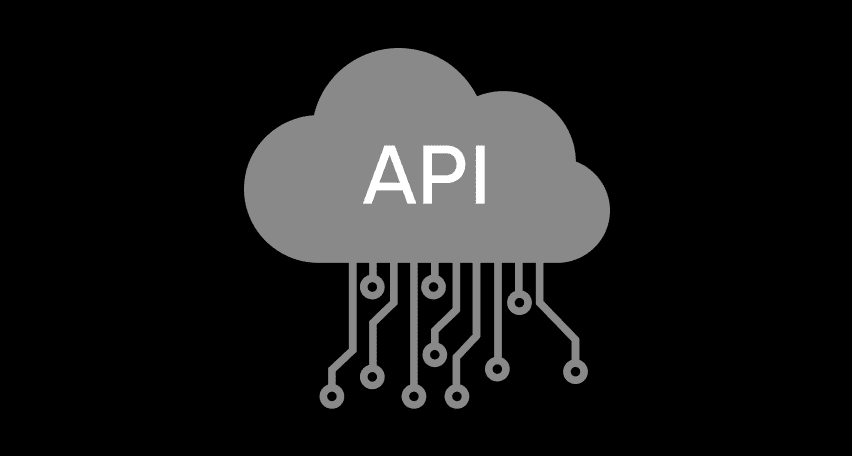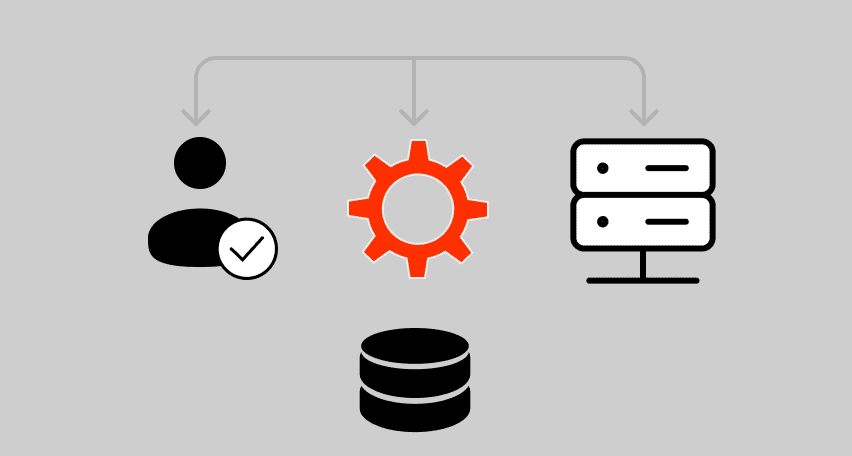How to Prepare Your Website for Traffic Spikes Before Launching a Campaign
Big campaigns don’t come cheap — and you only get one shot to make them count.
If you’re buying a spot during the NBA Finals, Super Bowl, or investing in a TV commercial that runs during primetime, your website becomes the final stop in the conversion path. And If it slows down, crashes, or glitches under pressure, you’re not just losing visibility. You’re losing traffic, trust, and revenue.
Traffic spikes aren’t accidents. They’re planned. That means your site should be ready before the ad goes live — not while visitors are already bouncing.
This guide walks you through how high-performing teams prepare for high-traffic campaigns, what you need to test, and how to avoid the technical pitfalls that can quietly ruin even your most ambitious marketing efforts.
Why Website Readiness Is Crucial Before Running Campaigns
You’re not just launching a campaign — you’re launching a traffic surge. Whether it’s a Super Bowl spot, a flash sale, or a new product drop promoted by a celebrity, what happens on your website during that moment will decide whether your investment pays off.
The Cost of Ignoring Technical Readiness
When websites aren’t prepared, they crash. Pages stall, checkouts fail, and users bounce. The result? Wasted budget, lost sales, and lasting damage to your brand’s reputation. It doesn’t matter how good your ad is if your site can’t keep up.
Real-World Example
One of our clients launched a national campaign timed with the Super Bowl. Their site was ready — thanks to weeks of load testing and optimization. The result? Over 500,000 visitors, 20,000 pre-bookings, and zero downtime. That’s what readiness looks like when the stakes are high and the traffic is real.
On the other end of the spectrum: Nov 16, 2024 — Netflix crashed during the Mike Tyson vs. Jake Paul fight, right in the middle of a major live stream. Millions of viewers were left staring at error screens — and the internet noticed. Today, performance isn’t a technical detail — it’s a direct reflection of your brand. When your site fails, the whole world sees it.
What You Need to Test Before Launching a Campaign
1. Scalability of Infrastructure
How many users can your platform support at once? Whether you’re expecting a steady increase or a sharp spike from a national campaign, you need to know. Many brands now run load tests ahead of television advertisement placements to avoid costly surprises.
2. Page Load Speed Under Load
Test your load times with hundreds — or thousands — of simulated users. Slowdowns at the wrong moment lead to bounces, abandoned carts, and lost revenue. If your campaign runs during high-stakes slots like the World Series, every second counts.
3. Third-Party Services and Integrations
If your payment provider lags or your CRM can’t handle volume, your whole funnel breaks. These systems need to be part of your test plan — not left to chance.
4. Mobile and Geo Performance
Are mobile users in Chicago getting the same experience as users in Manila? Traffic from a national TV campaign won’t come from one device or region — your site has to handle the spread.
5. Conversion Path Reliability
From click to conversion, every step must function smoothly. Form validations, promo code logic, cart logic, and checkout APIs need to be bulletproof — especially when the heat is on.
Step-by-Step: How to Prepare Your Site for High-Traffic Events
Here’s a professional-grade checklist used by engineering and marketing teams to get platforms ready for spikes — based on actual campaign workflows, not just theory.
Step 1: Align Marketing and Engineering Timelines
Preparation starts with communication. Your dev team needs to know when traffic will hit and how much is expected.
A missed sync between marketing and engineering is one of the top reasons campaigns flop technically.
Step 2: Define Critical User Journeys
Before you simulate traffic, map the flows that matter:
These should be prioritized for load testing. Use analytics data to validate the actual paths your users take.
Step 3: Simulate Realistic Load Scenarios
Use PFLB’s tools to simulate concurrent users — but not blindly. Model traffic by:
Start with expected load, then increase incrementally to find failure points. Simulate different times of day and A/B test flows under pressure.
Related insights in blog articles
11 API Failure Causes and How To Solve Them

When an API fails, the consequences ripple quickly through the entire system. Transactions stall, integrations break, and frustrated users flood your support channels. Understanding exactly why API failures happen — and how to fix them — is essential for developers and businesses alike. This article examines the most common reasons behind API failures, explores the […]
API Mocking: A Complete Guide

Waiting for APIs to become available or stable can slow down entire projects. API mocking provides a smart way to avoid these roadblocks by simulating real API responses, keeping your teams productive and ensuring smoother integration down the line. In this guide, you’ll discover exactly what API mocking involves, how it differs from using real […]
API Endpoint: A Complete Guide

Modern applications rely heavily on APIs (Application Programming Interfaces) to communicate and exchange data across different systems. At the heart of this interaction lies the API endpoint — a fundamental concept that defines where and how data exchanges happen. This guide explains clearly what an API endpoint is, outlines its importance, and provides practical insights […]
gRPC vs. REST: Detailed Comparison

Choosing between gRPC and REST can feel confusing, especially if you’re trying to figure out the best way for your applications to communicate. This article breaks down the grpc vs rest comparison clearly, without jargon or confusion. You’ll learn exactly what each protocol is, the advantages and disadvantages of each, and understand why gRPC is […]
Be the first one to know
We’ll send you a monthly e-mail with all the useful insights that we will have found and analyzed
People love to read
Explore the most popular articles we’ve written so far
- Top 10 Online Load Testing Tools for 2025 May 19, 2025
- Cloud-based Testing: Key Benefits, Features & Types Dec 5, 2024
- Benefits of Performance Testing for Businesses Sep 4, 2024
- Android vs iOS App Performance Testing: What’s the Difference? Dec 9, 2022
- How to Save Money on Performance Testing? Dec 5, 2022



